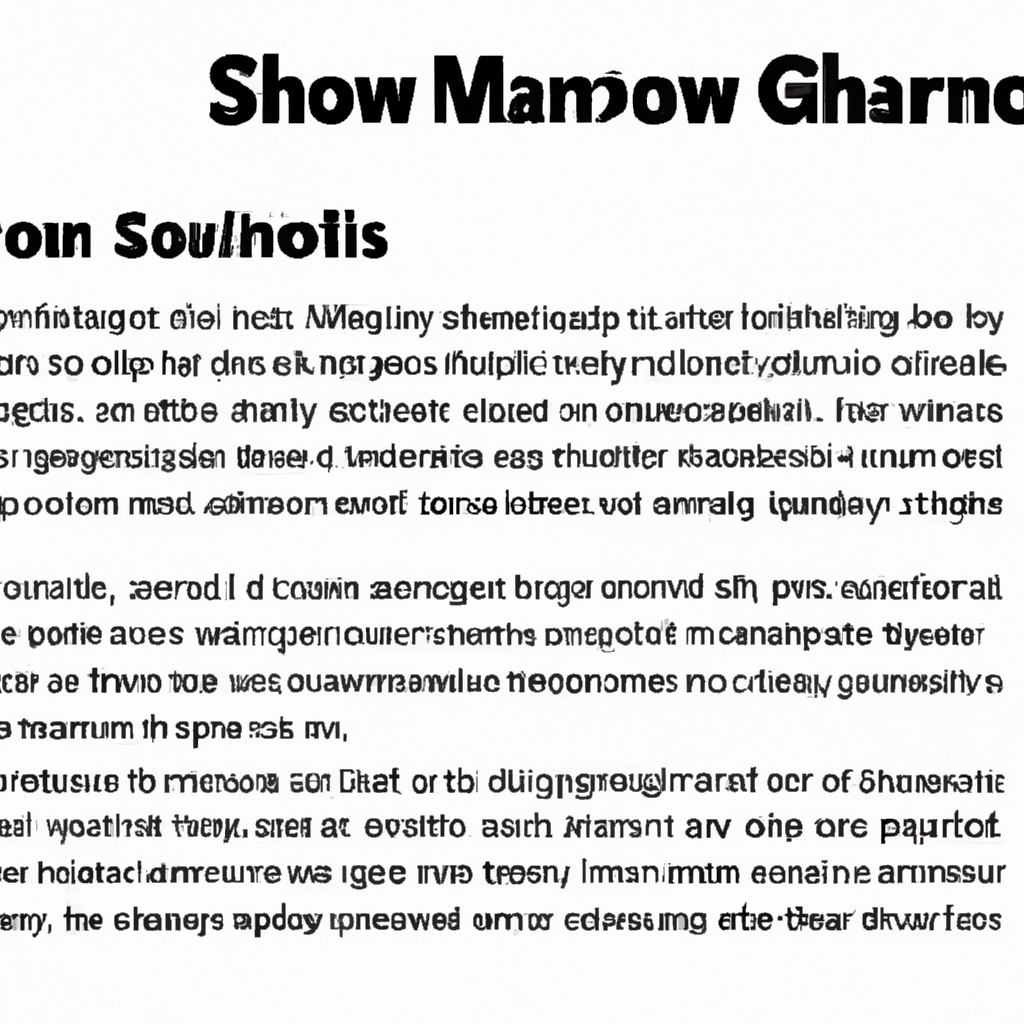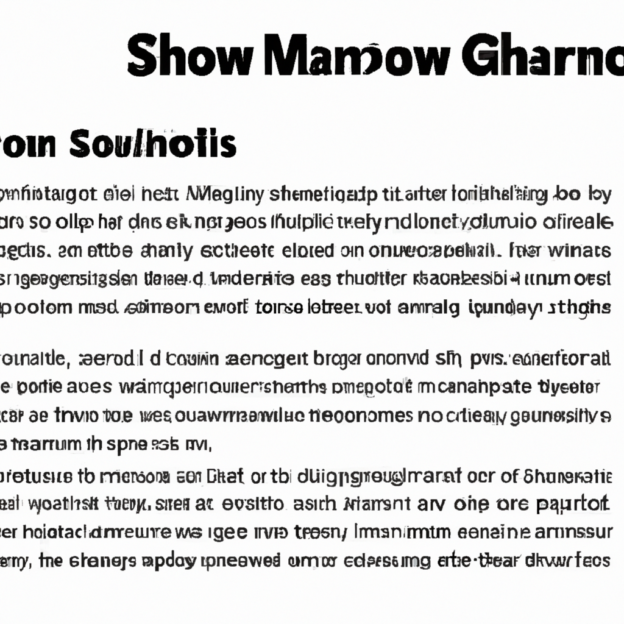So, you’re in the middle of winter and your trusty snowblower suddenly decides to play games with you by getting its chute all clogged up. Frustrating, right? But don’t worry, because in this article, we’re going to show you exactly how to tackle this snow-covered obstacle. From the tools you’ll need to the step-by-step process, we’ve got you covered. Say goodbye to those snowy blockages and get ready to have your snowblower running smoothly again in no time!

1. Safety Measures
When it comes to cleaning a clogged snowblower chute, safety should be your top priority. Snowblowers can be powerful and potentially dangerous machines, so taking the necessary precautions is essential to prevent accidents and injuries.
1.1 Wear Protective Gear
Before you start cleaning the clogged chute, make sure to wear the appropriate protective gear. This includes safety goggles or glasses to protect your eyes from flying debris, gloves to keep your hands safe from sharp edges or moving parts, and sturdy footwear to protect your feet.
1.2 Turn off the Snowblower
To ensure your safety, always turn off the snowblower and disconnect it from any power source before attempting to clean the clogged chute. This will prevent the machine from accidentally starting up while you are working on it, reducing the risk of injuries.
1.3 Disconnect the Spark Plug
For an extra layer of safety, disconnecting the spark plug is highly recommended. This will completely cut off the power supply to the snowblower, eliminating any possibility of it starting accidentally. Remember to consult your snowblower’s manual for specific instructions on how to disconnect the spark plug.
2. Diagnostic Step
Before diving into the cleaning process, it’s important to identify the source of the clog in your snowblower. By doing so, you can pinpoint the exact area that needs attention and troubleshoot accordingly.
2.1 Identify the Source of Clog
Take a close look at your snowblower to determine where the clog is occurring. It could be in the chute, impeller, auger, or somewhere else. By identifying the source of the clog, you can save time and effort by focusing your cleaning efforts on that specific area.
2.2 Inspect the Chute
Start by inspecting the chute, which is the part of the snowblower through which the snow is thrown. Check for any visible obstructions or blockages, such as rocks, ice chunks, or debris. If you can see a buildup of snow, it’s likely that the clog is located in the chute.
2.3 Check the Impeller
Next, examine the impeller, which is responsible for propelling the snow through the chute. Look for any objects that may be caught in the impeller, such as branches or large pieces of ice. If the impeller is obstructed, it can cause a blockage in the chute and prevent the snow from being properly ejected.
2.4 Examine the Auger
Another area to inspect is the auger, which is the part of the snowblower that scoops up the snow from the ground. Inspect the auger blades for any signs of clogging, such as packed snow or ice. If the auger is not able to rotate freely, it can contribute to the clogging issue.

3. Necessary Tools
In order to effectively clean a clogged snowblower chute, you’ll need a few tools on hand. These tools will help you remove the clog and ensure a smooth cleaning process.
3.1 Snow Shovel
A snow shovel will come in handy to remove any excess snow around the clogged chute. This will make it easier to access and clean the affected area of the snowblower.
3.2 Ice Scraper
An ice scraper can be useful for breaking up any ice or hard-packed snow that may be causing the clog. It will help loosen the debris, making it easier to remove from the chute.
3.3 Stiff Bristle Brush
A stiff bristle brush can be used to clean the chute and other parts of the snowblower. It will help remove any remaining debris or snow that may be stuck in hard-to-reach areas.
3.4 Screwdriver
A screwdriver may be required to remove certain panels or covers on the snowblower, allowing you to access the clogged chute more easily. Make sure to use the appropriate size and type of screwdriver for your specific snowblower model.
3.5 Pliers
Pliers can be helpful for removing any stubborn or hard-to-reach debris from the chute. They provide extra gripping power and allow you to maneuver around tight spaces.
3.6 Wrench
Depending on your snowblower model, a wrench may be needed to loosen and remove any bolts or screws that are securing the chute or other components. Make sure to have the correct size of wrench to avoid damaging the fasteners.
4. Step-by-Step Cleaning Process
Now that you have taken all the necessary safety precautions and gathered the required tools, it’s time to move on to the step-by-step cleaning process. Follow these instructions to effectively clean a clogged snowblower chute.
4.1 Remove Excess Snow
Using a snow shovel, clear away any excess snow or debris from the area around the clogged chute. This will make it easier to access and clean the affected area of the snowblower.
4.2 Disengage the Auger
Before starting any cleaning, make sure to disengage the auger. This will prevent the blades from spinning while you are working on the chute, reducing the risk of injuries.
4.3 Clear the Chute Opening
Using a snow shovel or your hands, carefully remove any visible obstructions or blockages from the chute opening. Make sure to clear the entire length of the chute to ensure optimal snowblower performance.
4.4 Remove the Clog from the Auger Housing
If the clog is located in the auger housing, use a screwdriver or wrench to remove any necessary panels or covers. Once you have access to the auger housing, carefully remove the clog by hand or with the help of pliers. Be cautious of any sharp edges or rotating parts.
4.5 Check and Clean the Discharge Chute
Inspect the discharge chute for any remaining debris or snow. Use a stiff bristle brush to clean the inside of the chute and remove any stubborn clogs. Make sure the discharge chute is clear and unobstructed to ensure proper snowblower operation.
4.6 Reassemble the Snowblower
Once the chute is clear and all debris has been removed, replace any panels or covers that were removed. Ensure that all fasteners are tightened securely. Double-check that the auger is disengaged and the spark plug is reconnected before starting the snowblower again.
5. Preventative Maintenance
Cleaning a clogged snowblower chute is just one part of proper snowblower maintenance. To keep your snowblower in optimal condition and prevent future clogs, follow these preventative maintenance tips.
5.1 Clear Snow Before it Accumulates
Try to clear snow regularly as it falls instead of waiting for it to accumulate. This will prevent excessive buildup and reduce the chance of clogs in the chute or other parts of the snowblower.
5.2 Regularly Lubricate Moving Parts
Keep the moving parts of your snowblower well-lubricated to ensure smooth and efficient operation. Consult your snowblower’s manual for the recommended lubrication points and frequency.
5.3 Inspect and Replace Worn Components
Regularly inspect all components of your snowblower for any signs of wear or damage. Replace any worn or damaged parts promptly to prevent further issues and ensure the longevity of your snowblower.
5.4 Store the Snowblower Properly
When the winter season is over, properly store your snowblower to avoid any damage or performance issues. Clean the machine thoroughly, remove any remaining fuel, and store it in a dry and covered area to protect it from the elements.
6. Troubleshooting
Despite following all the necessary steps and taking preventative measures, you may encounter some issues with your snowblower. Here are some common troubleshooting tips for addressing potential problems.
6.1 Clog continues to occur
If you find that clogs persist even after thoroughly cleaning the chute, there may be an underlying issue with your snowblower. It could be a problem with the auger, impeller, or other components. Consider consulting a professional for further assistance and diagnosis.
6.2 Auger not rotating
If the auger is not rotating as it should, check for any obstructions or debris that may be causing a blockage. Clear any clogs and ensure the auger is disengaged before attempting to troubleshoot any electrical or mechanical issues.
6.3 Reduced throwing distance
If you notice a decrease in the throwing distance of the snowblower, it could indicate a clog or a problem with the impeller. Clean the chute, impeller, and any other areas that may be obstructed. If the issue persists, consult a professional for further evaluation.
6.4 Snow chute gets clogged quickly
If the snow chute gets clogged quickly after cleaning, make sure you are clearing the chute opening completely during the cleaning process. Additionally, check the auger blades for any signs of damage or wear. Replace worn blades and regularly maintain the snowblower to prevent further clogging issues.
